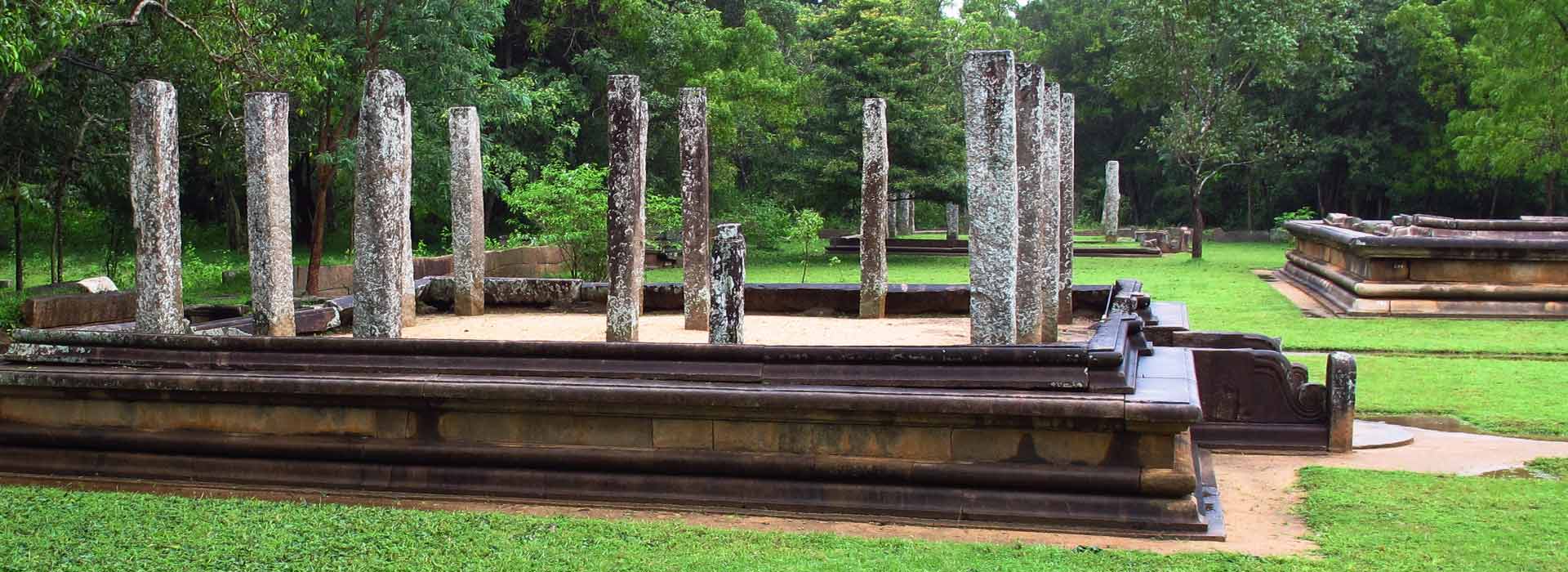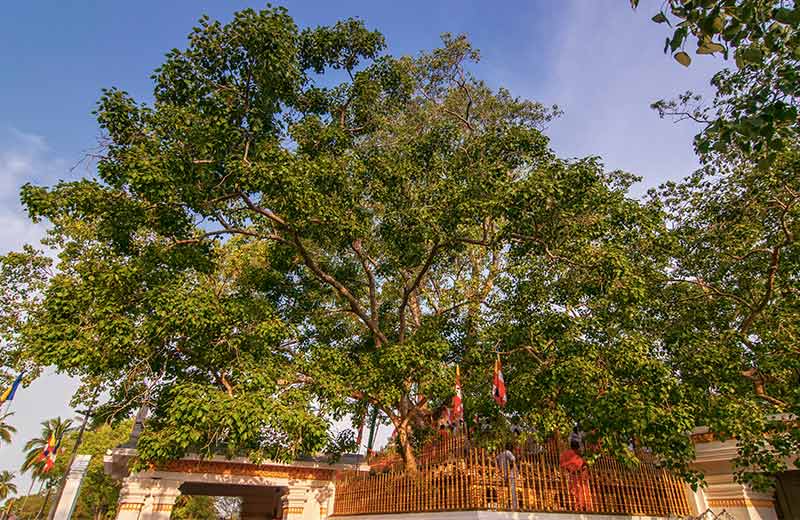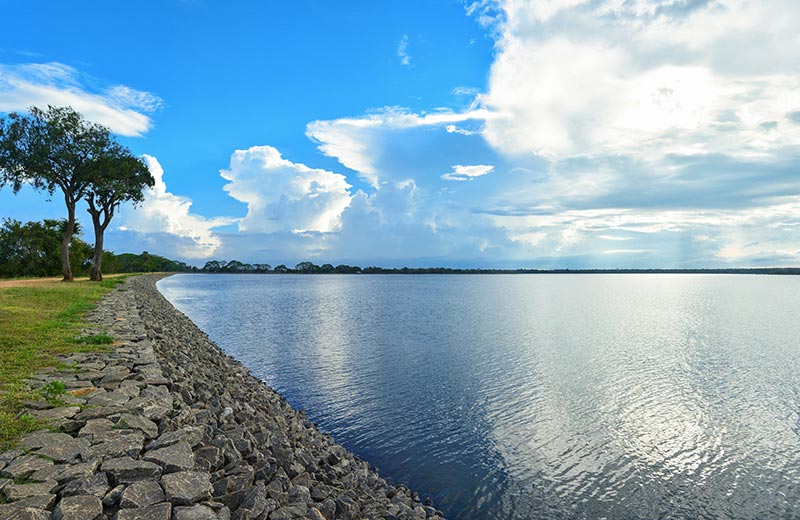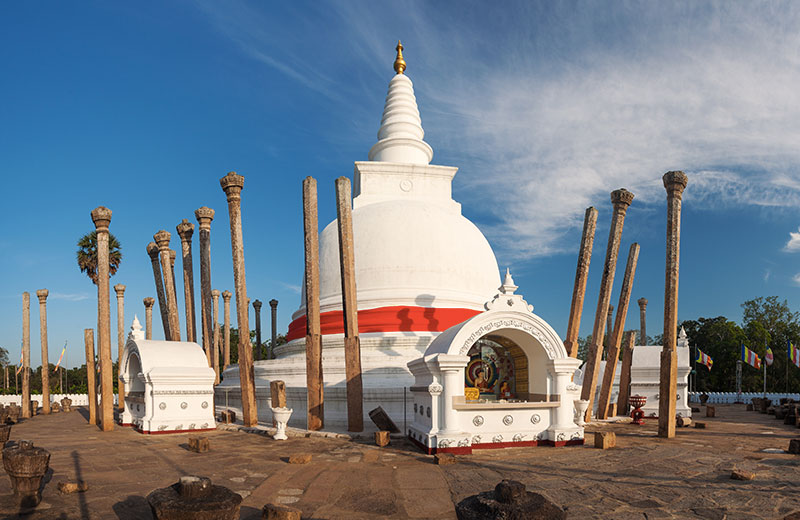Ratnaprasadaya
Introduction and History
Literally translated as Jewel Palace, the Ratnaprasadaya, located in Anuradhapura, belongs to the Abhayagiri Monastery complex and was built by King Kanittha Tissa during the 2nd century AD. Once believed to be a structure so magnificent that it was deserving of the title, ‘Jewel Palace’, only its foundations in the form of the large monolithic stones can be seen in the present day, however, it is still possible to reimagine how it would have looked like by understanding the illustrious history it possesses. Before it was confirmed to be a palace, it was called the Elephant Stables, due to the large monolithic stone pillars that graced the complex.
Why You Should Visit
As a result of the Pandyan invasions from South India, the palace was looted and destroyed, even after it was rebuilt by the subsequent kings such as King Mahinda II, King Sena I and King Sena II. However, there are still some interesting features that are still preserved to this day. One such notable feature is the Guard Stone at the entrance. From the intricate image to the crisp Makara (Dragon) balustrade, it is considered to be the best preserved and most elaborate type of sculpture in the entire Kingdom of Anuradhapura, and, arguably, the entire country.



